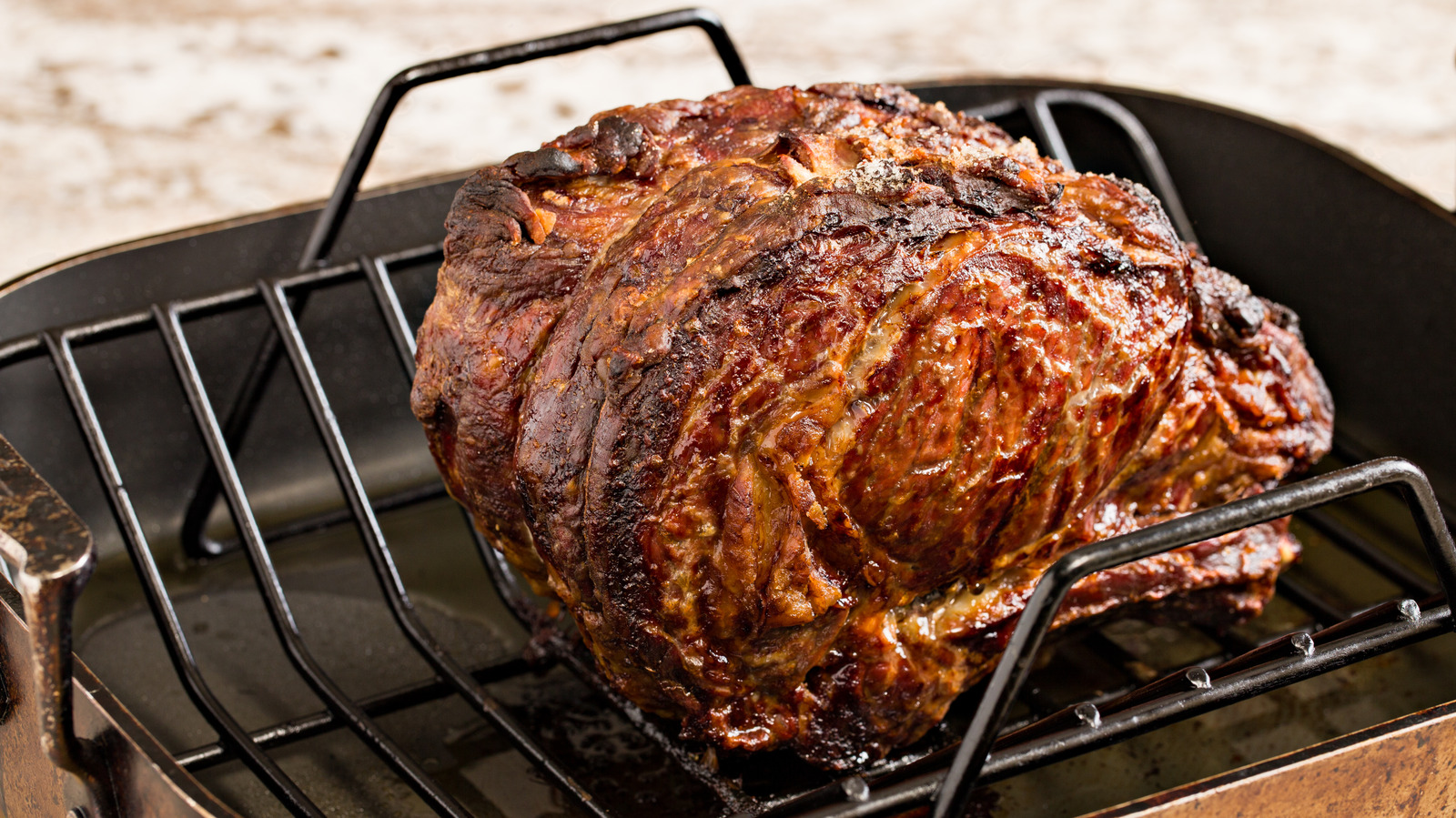Master the Art of Using a Savory Roasting Pan for BBQ Lovers
Written By James Morgan
Barbecue enthusiasts know that the right equipment can transform ordinary food into extraordinary culinary delights. One essential tool that often goes overlooked is the roasting pan. Understanding how to use a savory roasting pan can take your barbecue skills to the next level.
In this comprehensive guide, well break down everything you need to know about using a savory roasting pan to create mouth-watering dishes. Whether you're a seasoned grill master or a newbie, your barbecue game is about to get a major upgrade.

Introduction to the Savory Roasting Pan
A savory roasting pan is not just any pan. It's designed to withstand high temperatures, distribute heat evenly, and collect drippings, which can be used to make rich, flavorful gravies. The pan's sturdy construction ensures that your meat roasts evenly, making it perfect for a variety of barbecue dishes.

Why Use a Savory Roasting Pan
The advantages of using a savory roasting pan are numerous. From enhanced flavor to improved texture, the benefits are invaluable for any barbecue enthusiast. Here are some key reasons to consider:
- Even Heating: Ensures your meat is cooked uniformly.
- Drip Collection: Ideal for making delicious gravies and sauces.
- Versatility: Suitable for roasting, baking, and even broiling.

Preparing Your Roasting Pan
Before you dive into grilling your favorite cuts, it's crucial to prepare your savory roasting pan properly:
Cleaning the Pan
Always start with a clean pan. Wash it with warm water and mild detergent to remove any residues. For more detailed cleaning tips, check this guide.
Seasoning the Pan
Some roasting pans require seasoning to prevent food from sticking. Rub a thin layer of vegetable oil over the interior surface and heat it in the oven for an hour.

Choosing the Right Cuts of Meat
Selecting the right cuts is crucial for maximizing the use of your savory roasting pan:
- Beef: Tenderloin, prime rib, or brisket.
- Pork: Shoulder, ribs, or tenderloin.
- Poultry: Whole chicken, turkey, or duck.
To learn more about selecting the perfect meat, check out this article.
Cooking Techniques
Slow Roasting
Slow roasting at a low temperature allows the meat to cook evenly, resulting in tender, juicy cuts.
Searing
Before roasting, sear your meat to lock in flavors and create a beautiful crust.
Using a Roasting Rack
A roasting rack keeps the meat elevated, allowing air to circulate and ensuring even cooking. For more information on using a roasting rack, visit this guide.
Making Gravy
The drippings from a savory roasting pan can be turned into a delicious gravy. Remove the meat, pour out excess fat, and deglaze the pan with wine or broth. For a detailed recipe, check out this tutorial.
Cleaning and Maintenance
Proper maintenance ensures the longevity of your savory roasting pan. Hand wash the pan and avoid using abrasive cleaners. For stubborn stains, refer to this article.
Conclusion
Mastering the art of using a savory roasting pan can elevate your barbecue skills. From selecting the right cuts of meat to perfecting your cooking techniques, this versatile tool is a game-changer. For more tips and tricks, visit this comprehensive guide.
FAQs
Can I use a savory roasting pan on a grill?
Yes, a savory roasting pan can be used on a grill, but ensure its compatible with high temperatures.
Whats the best way to store a roasting pan?
Store it in a dry place to prevent rust and damage.
How do I prevent food from sticking to the pan?
Proper seasoning and using a high-quality roasting pan can minimize sticking issues.
As an Amazon Associate, I earn from qualifying purchases.



